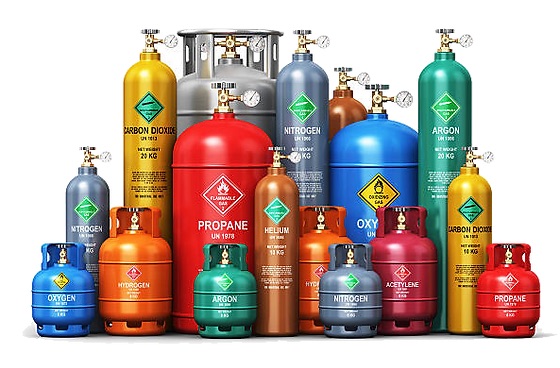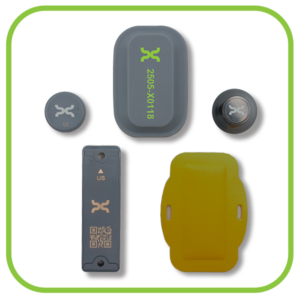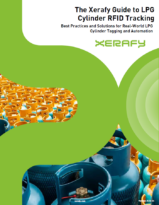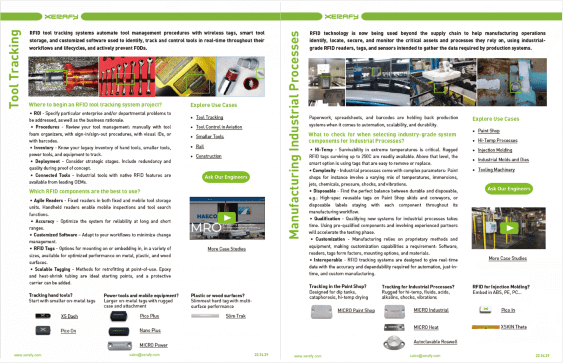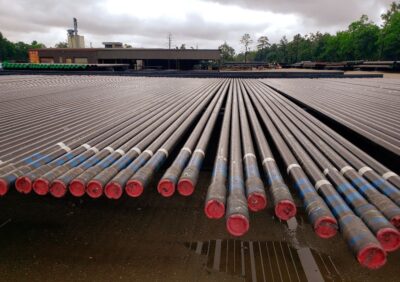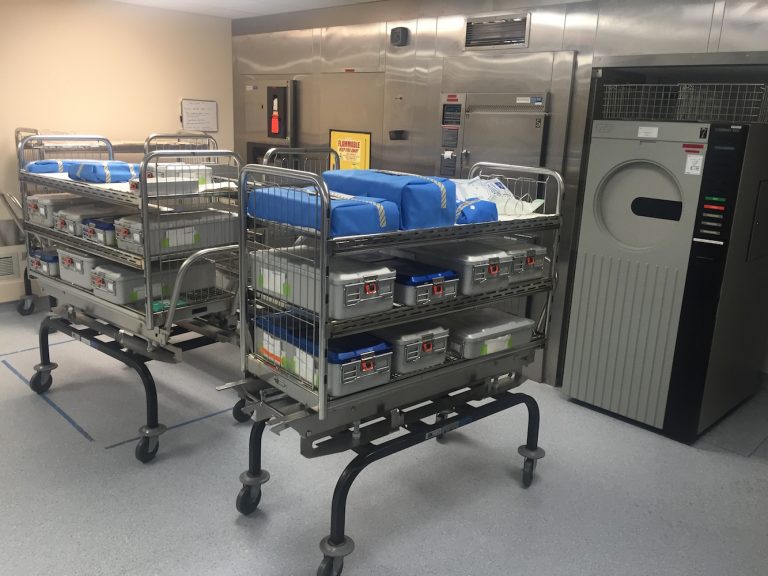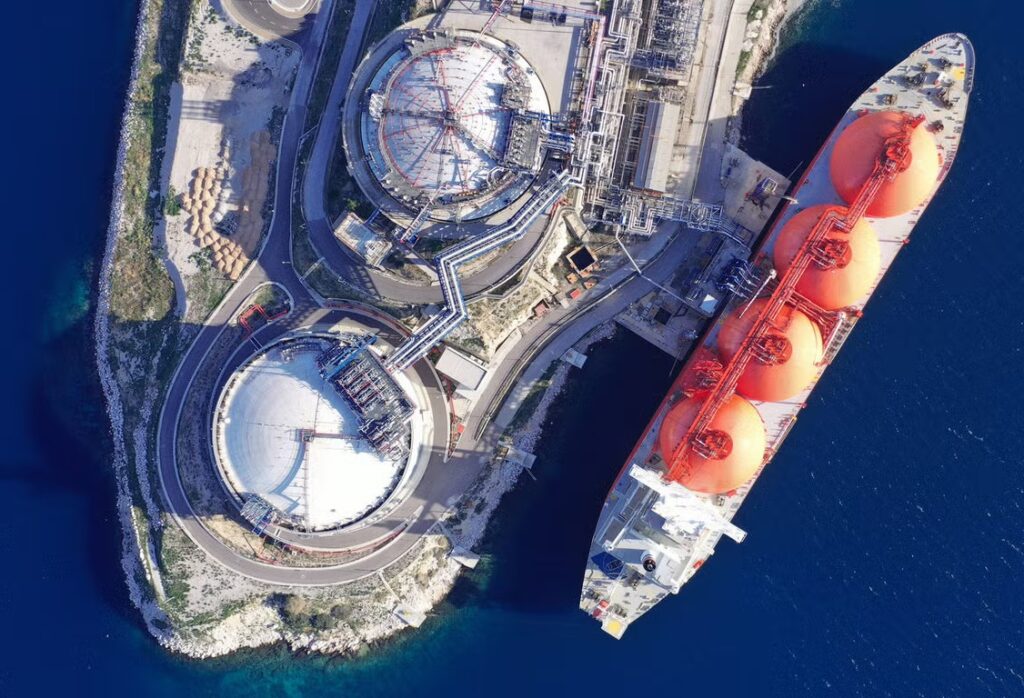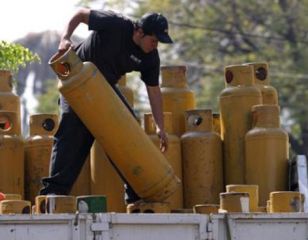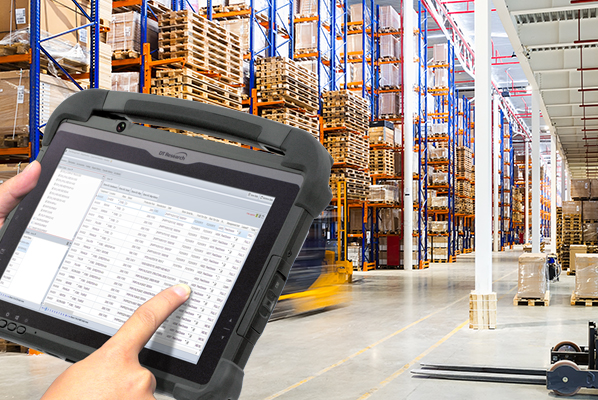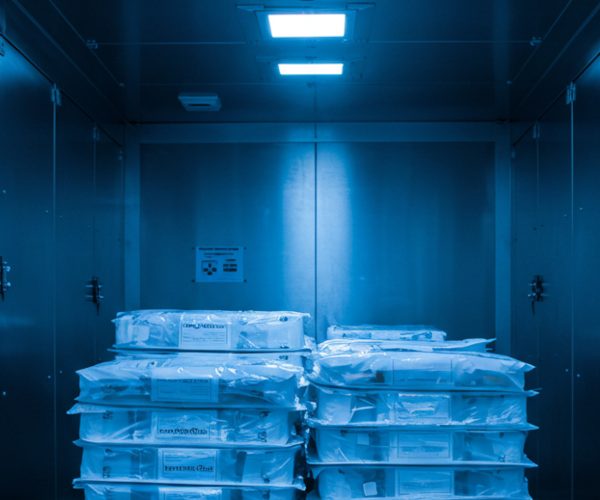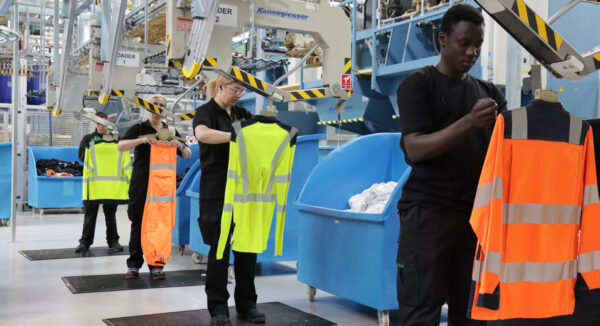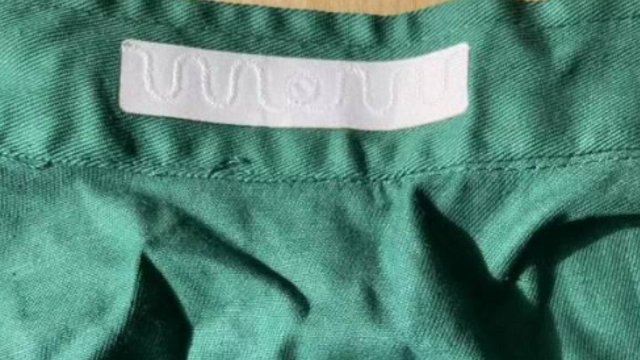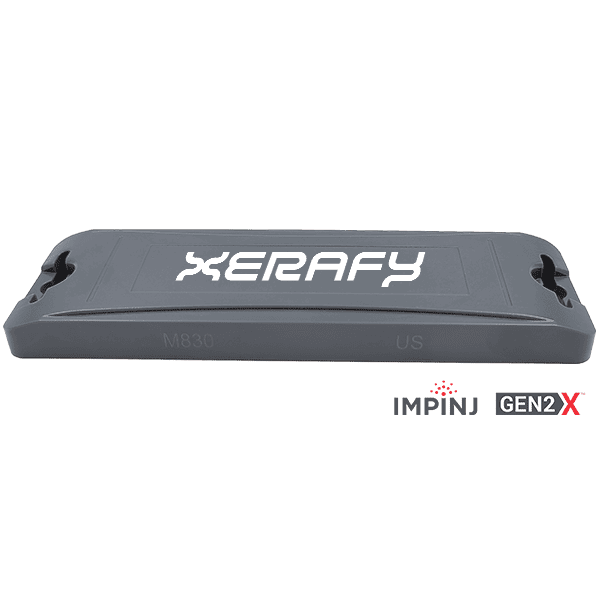If you manage LPG cylinders, you face shrinking visibility, growing losses, and compliance pressures, all made worse by legacy tracking systems that can’t keep up with today’s demands. RFID technology is now emerging as the go-to solution, offering automation, real-time visibility, and improved safety in even the most rugged environments.
LPG operators are adopting RFID to:
- Reduce cylinder losses and shrinkage
Improve traceability and safety compliance
Automate refills, dispatch, and reconciliations
Enable consumer-facing services like just-in-time delivery
According to the World Liquid Gas Association (WLGA), the industry faces a cylinder loss rate of 10% to 40% per year. For every cylinder held by a customer, an operator must maintain up to 7 more to ensure service continuity. Combined with non-compliance risks, LPG pilferage, and a lack of differentiation in a commodity market, these challenges expose operators to high costs, reputational damage, and operational inefficiencies.
How can operators optimize their LPG cylinder inventory? What strategies can provide better insights into usage and rotation? How can “lost cylinders” be tracked down at scale?
This guide draws on real-world deployments by Xerafy engineers to show how LPG operators are using RFID to digitize and de-risk their cylinder operations, from fill plants to delivery zones.
Challenges for Operators of LPG Gas Cylinders
Gas cylinder operations are rather complex affairs:
- Inventory – Accurate and up-to-date, which can be difficult to achieve given a large number of cylinders, frequent movements, and varying states of fullness.
- Transportation and logistics, often across long distances and different sites.
- Safety – Gas cylinders can be hazardous and require careful handling, storage, and maintenance to prevent accidents and leaks.
- Compliance with regulatory requirements.
- Financials – Pricing, billing, and collections.
And gas cylinders have a long lifespan, with manufacturers designing them to be reusable for around 15 to 25 years, through an intensive lifecycle:
- Filling – The cylinders are filled with various gases, such as oxygen, acetylene, or propane, by the manufacturer or specialized filling companies.
- Storage – Filled cylinders are stored in specialized facilities, such as warehouses or outdoor storage yards, until they are ready for distribution.
- Distribution – Cylinders are transported to customers using specialized vehicles like trucks or trailers.
- Cleaning and refilling – When the gas in the cylinder is depleted, it is collected to be returned for refilling at a specialized facility as well as cleaning and re-painting.
- Inspection and maintenance – Cylinders must be regularly inspected and maintained to ensure they are safe and meet regulatory standards.
RFID vs. Tracking Technologies for Gas Cylinders
Many LPG teams still rely on manual logs or barcode scans, creating blind spots in operations, delayed reconciliations, and unnecessary write-offs. Tracking thousands of cylinders moving through depots, trucks, and field sites demands more reliable and automated solutions.
Some of the most common tracking solutions include:
- Manual methods: Pen and paper or spreadsheets. A simple tracking method but prone to errors and labor-intensive.
- Barcode scanning: A more accurate and efficient method, but may still require manual data entry and is prone to errors.
- GPS (Global Positioning System): Useful for real-time tracking during transportation but may not be as accurate for tracking cylinders in storage. Also, the active technology requires a battery that increases the size of the tracker and requires regular maintenance in the field.
Barcode and QR code labels, while inexpensive, are not suitable for LPG operations. In real-world deployments, they:
Fail under scuffs, grease, or dirt
Cannot survive the full lifecycle of the cylinder
Require precise alignment to be read correctly
Struggle in automated fill plant environments
More advanced solutions for gas cylinder tracking systems have since appeared, such as RFID (Radio Frequency Identification) and NFC (Near Field Communication). Some operators have transitioned from legacy low-frequency (LF) RFID to more scalable UHF and NFC systems. The shift is often driven by the need for longer read ranges, better performance around metal, and compliance with ATEX safety standards at filling stations.
For LPG operators, RFID offers a practical upgrade: Battery-free UHF tags are attached to cylinders and automatically scanned during movement, filling, or storage, giving teams real-time visibility without added workload.
The technology is highly accurate and efficient. Tags and readers are readily available across various price points and durability, owing to UHF becoming the de facto RFID tracking standard in many industries.
This makes RFID the only scalable and durable option for cylinder tracking in rugged, high-throughput applications.
The RFID chip can store a cylinder’s serial number for item-level identification. The customer can then access all the information in the cloud, such as safety data, content, cylinder, batch, release number, etc.
First-generation RFID solutions rely on low-frequency (LF) transponders as they perform exceptionally well around metal objects. However, LF requires proximity (usually within 3 feet) to read the information accurately, while tags and readers tend to be more expensive.
NFC, on the other hand, is a type of RFID frequency readily available on smartphones. It is often associated with UHF for field tracking of cylinders. The combination allows for additional convenience and accessibility in tracking cylinders in the field.
RFID Tagging Solutions For Gas Cylinders
You’ve probably seen how difficult it is to track LPG cylinders reliably: metal racks, rough handling, and zero line-of-sight make barcodes and spreadsheets unreliable. Cylinders are often stacked horizontally or vertically, making it difficult to capture labels or QR codes, a challenge RFID overcomes with its ability to read multiple tags simultaneously without line-of-sight.
Projects in the industry reflect these priorities. One operator managing LPG forklift tanks required a solution with extended read range, resilient mounting to curved metal surfaces, and protection against outdoor exposure. These practical requirements continue to shape how RFID is deployed in harsh, real-world environments.
The metal in gas cylinders and their storage systems can interfere with RFID. In one recent project, an LPG distributor sought to automate asset tracking at ATEX-rated filling stations, while moving away from older LF systems. Their goals included seamless integration into existing refill workflows, faster reads, and smartphone accessibility through NFC.
Special passive UHF RFID tags designed to work on metal can be utilized effectively for gas cylinder tracking. These transponders are commonly employed by businesses looking to overcome the limitations of older-generation tracking system based on low-frequency (LF) RFID tags.
Key advantages of passive UHF RFID tags include:
- Automated scanning in bulk: Read hundreds of gas cylinders in seconds as they pass through designated checkpoints.
- Passive: Intrinsically safe (ATEX), low-cost, and no maintenance.
- No interference from metal: Gas cylinders can be accurately tracked even when stored in racks, cabinets, or other storage systems made of metal.
- Rugged: The transponders are designed to survive a typical lifecycle: Waterproof, chemicals, shocks, drops…
- Secure: Reliable attachment to cylinders e.g., industrial adhesives, epoxy, spot welding, rivets, screws….
- Unique ID: Item-level tracking within a facility or across multiple sites.
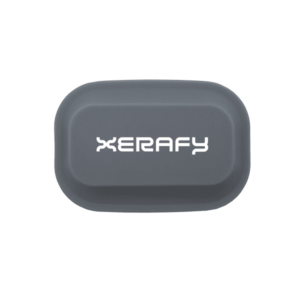
Durable UHF RFID tags like the bendable Xylinder OUT are specifically designed to fit on metal LPG cylinders and kegs.
If you manage depots or delivery zones, you need to capture accurate cylinder data without slowing down operations. The choice of RFID reader plays a major role in fitting into daily operations:
+ Fixed readers are typically installed at designated gates, providing a more permanent and automated solution.
+ Handheld readers, on the other hand, offer flexibility and mobility, allowing users to capture information on the spot.
Using either reader, the information can be accurately captured and seamlessly integrated into an RFID asset-tracking system. This integration enables efficient tracking and management of gas cylinders throughout their lifecycle.
At LPG refill stations, RFID allows operators to automatically scan cylinders as they are returned or dispatched, reducing errors, speeding up turnaround, and ensuring correct tagging across refill cycles.
Consumer Services Enabled by RFID
Once cylinders are tagged with RFID or NFC, the opportunity extends beyond operations. LPG providers can now enable consumer-facing platforms:
At Point of Sale (POS), trackable cylinders allow for digital order fulfillment and inventory reconciliation.
Customers can use branded iOS/Android apps to book deliveries.
Even non-smartphone users can access services via automated SMS platforms.
These capabilities unlock new business models based on just-in-time delivery, service differentiation, and enhanced customer engagement—helping LPG operators stand out in a price-driven market.
10 Key Considerations for LPG Cylinder Inventory Control
Before implementing RFID, you need a clear picture of your own challenges, from missing cylinders to safety audits. These 10 considerations reflect what LPG operators like you have shared with our engineering team:
- Inventory: How many LPG cylinders are in your operations? Are you tracking cylinders of similar sizes and shapes or a mix of different types? Do you have covered cylinders?
- ATEX: Passive technologies like Barcodes and passive RFID are ATEX-compliant and safe to use in explosive environments, including filling stations and depots. However, active technologies such as GPS that rely on batteries are not considered intrinsically safe.
- Unique ID: You can use the EPC Global Standard supported by RAIN RFID technology to assign a unique identification number to each cylinder. This ID can be encoded into a chip and laser etched onto a tag.
- Costs: You have the option to choose standardized off-the-shelf solutions or fully bespoke systems, depending on your needs. Consider building on existing infrastructure for future scalability and cost-effectiveness.
- Retrofitting: Implement scalable and durable retrofitting methods for cylinders with curved, metallic, and weather-exposed surfaces. Field-proven solutions include industrial adhesives, epoxy, welding, and mechanical fasteners, designed to survive outdoor storage, high handling cycles, and harsh environments.
- Durability: Use industry-grade adhesives, epoxy, welding, mechanical methods, or zip ties to securely attach Barcodes or RFID tags. These tagging methods have been field-proven to withstand handling shocks, washdowns, sanding, and other aggressive processes.
- Lifecycle: Determine when and how to track the gas cylinders. Choose between bulk read options like gates/portals for vehicles passing through or spot checks using handheld readers / scanners. Consider the optimal reading angle and distance, whether from the top or side of the cylinder.
- Automation: Implement tracking systems that minimize impact on productivity and reduce human error rates. Hardwired tracking features can ensure seamless and accurate data collection.
- Cloud: Utilize cloud-based software platforms that enable remote inventory management, movement tracking, and report generation. This approach offers high efficiency and real-time data access, but it relies on a stable internet connection.
- Consumer: Leverage NFC (Near Field Communication), a type of RFID frequency available on smartphones, for field tracking of cylinders. This enables drivers and service teams to verify cylinder identity and status instantly at the point of delivery, improving customer service and ensuring accountability.
LPG cylinder operations are complex, with high demands on safety, traceability, and efficiency. Yet many operators still rely on manual systems or barcodes that fall short in environments with metal surfaces, high volumes, and regulatory pressures.
RFID technology offers a proven and scalable path forward. With passive UHF tags engineered for metal, rugged handheld and fixed readers, and cloud-ready integration, operators can now track and manage LPG cylinders across their entire lifecycle — accurately, safely, and automatically.
RFID is increasingly adopted by LPG operators seeking to automate filling station reads, reduce turnaround times, and improve asset traceability under ATEX constraints, often replacing outdated barcodes and LF systems with UHF/NFC-enabled platforms. Whether you’re dealing with recurring cylinder losses, preparing for audits, or simply looking to reduce manual work, RFID is a proven next step. Xerafy’s field-tested solutions are built to help operators like you modernize safely and efficiently.
Curious how RFID performs in your own operation? Order an LPG Test Pack and put it to the test, on your own cylinders, workflows, and delivery loops.
Xerafy is a pioneer in RFID for industrial applications, bringing to market several innovations that enable advanced identification and automation capabilities.
In addition to a complete range of field-proven RFID tags available off-the-shelf, Xerafy offers Custom RFID Tags services, covering everything from a personalization service bureau to custom-design engineering capabilities.
